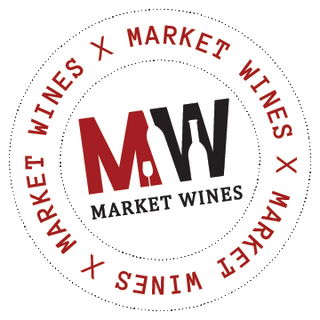WE LOVE IT BECAUSE:
"Harvested between September 17 and October 5, this wine seems always open for business, so to speak, much like the great 1982s. The summer of 2009 was very hot and dry, which got the harvest off to a reasonably early start. The blend was 65% Cabernet Sauvignon, 29% Merlot, 5% Cabernet Franc and 1% Petit Verdot. Jean Bernard Delmas' goal was to find perfect equilibrium between freshness and concentration, given its incredible opulence and the voluptuous character this vintage offered. That's what this wine has in abundance. With an astounding dense purple color, the wine has velvety, sweet tannins, and an extremely open-knit and opulent blueberry, blackberry and creme de cassis nose. There is scorched earth, vanilla and, again, telltale licorice and spice. It is unctuously textured - thicker and juicier than the 2010 and more forward. This wine should come into its own in another five years. And again, it has at least 50+ years of aging potential. Drink 2019-2069."
- Robert Parker (100 points)
WE LOVE IT BECAUSE:
"Harvested between September 17 and October 5, this wine seems always open for business, so to speak, much like the great 1982s. The summer of 2009 was very hot and dry, which got the harvest off to a reasonably early start. The blend was 65% Cabernet Sauvignon, 29% Merlot, 5% Cabernet Franc and 1% Petit Verdot. Jean Bernard Delmas' goal was to find perfect equilibrium between freshness and concentration, given its incredible opulence and the voluptuous character this vintage offered. That's what this wine has in abundance. With an astounding dense purple color, the wine has velvety, sweet tannins, and an extremely open-knit and opulent blueberry, blackberry and creme de cassis nose. There is scorched earth, vanilla and, again, telltale licorice and spice. It is unctuously textured - thicker and juicier than the 2010 and more forward. This wine should come into its own in another five years. And again, it has at least 50+ years of aging potential. Drink 2019-2069."
- Robert Parker (100 points)


